2020
Climate CHANGE APPROACH | SUSTAINABILITY |

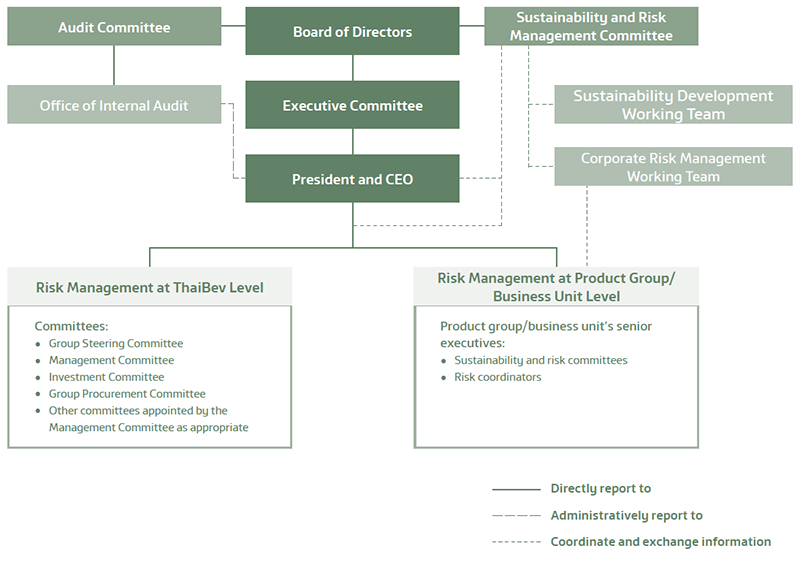
Figure 1: ThaiBev Group’s Sustainability Development and Risk Management Structure
| Role | Responsibilities |
| Board of Directors (BoD) |
|
| Sustainability & Risk Management Committee (SRMC) |
|
| President and Chief Executive Officer (CEO) |
|
| Investment Committee |
|
| Sustainable Development Working Team (SDWT), in collaboration with Product Group/Business Unit (PG/BU) |
|
| Corporate Risk Management Working Team (CRMWT), in collaboration with Product Group/Business Unit (PG/BU) |
|
| Transition risks | Physical risks |
Policy and Legal Compliance
|
Acute
|
Market Changes
|
Chronic
|
Technology
|
|
Reputation
|
| Climate opportunities | Description |
Transition to Circular Economy |
ThaiBev utilizes a significant amount of resources for the manufacture of its products. In the future, a greater proportion of those resources can be produced using the circular economy concept. This could be a financial opportunity if there is recycling in the countries ThaiBev operates in and if the cost of technology makes it financially feasible. It could be an opportunity once recycled materials become cheaper than virgin materials. Example of recyclable materials include PET, aluminum, and paper; composting food waste; and potential materials produced by future technology. Timeframe: Short term 1-3 years |
Energy Sources |
ThaiBev has implemented various projects in its own operations, beginning with conducting energy efficiency assessments in all business units, in order to determine suitable technology applications. In the alcoholic and non-alcoholic beverage production, once-through boilers and high-capacity motors were installed. ThaiBev also has plans to install solar rooftops at productions plants. It is expected that by investing in low carbon energy sources, the company will benefit from GHG reductions and decreased dependence on fossil fuels, which may cost more in the future. Timeframe: Medium term 3-10 years |
Products and Services
(Low Carbon Products) |
ThaiBev recognizes the importance of low carbon products and carbon labels. Currently, 22% of beer and non-alcoholic beverage products (64% of total income) have received approval for the Carbon Footprint of Products and Carbon Footprint Reduction Label, while 100% of the total income from the product group has been included in the company wide GHG emissions assessment. ThaiBev expects that these products will have a greater share in ThaiBev’s total profit and lower emissions in the future. Timeframe: Medium term 3-10 years |
Reputation |
Stakeholders’ (investors, consumers, lenders, host countries) expectations are increasing for eco-efficiency, environmentally friendly products, and disclosure on material climate change risks. Through proper disclosure and engagement with stakeholders, ThaiBev can use this opportunity to gain more trust from its stakeholders. Timeframe: Long term >10 years |
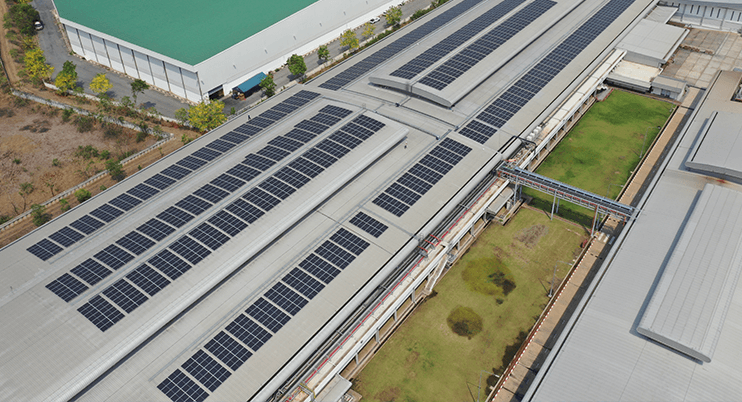
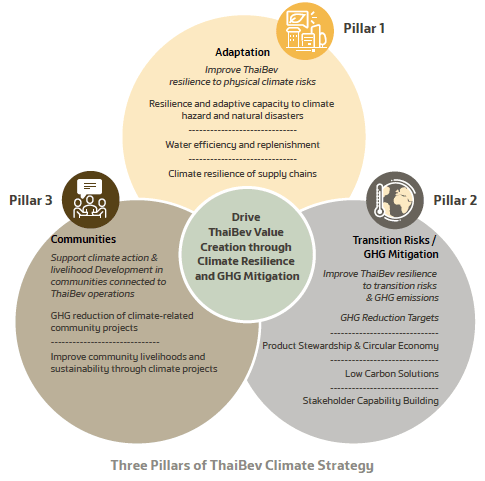
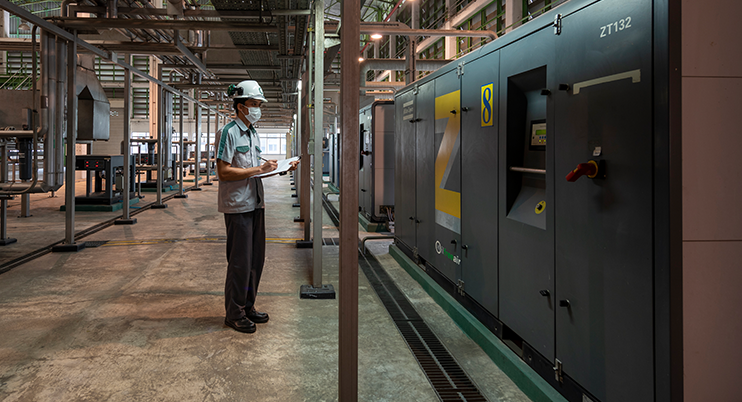
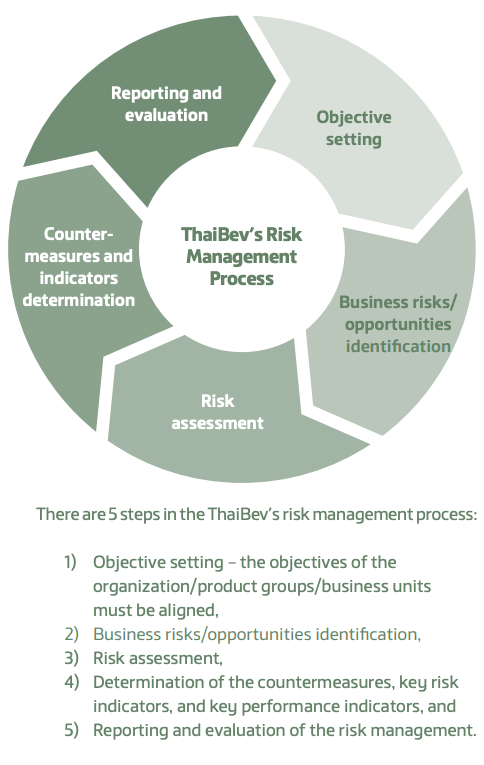
Figure 3: ThaiBev’s Five Steps Risk Management Process
| Role | Responsibility According to ThaiBev’s Risk Management Process | ||||
| Board of Directors (BoD) | Oversee climate-related risks and opportunities associated with ThaiBev’s overall corporate performance | ||||
| President and Chief Executive Officer (CEO) | 1.Objective Setting Align objectives of the organization/ product groups/ business units
|
3.Risks Assessment
Sustainability report 2020, pp 31-33 |
4.Determination of countermeasures, key risk indicators, and key performance indicators
|
5. Reporting and evaluation of risk management
|
|
| Sustainability & Risk Management Committee (SRMC) | |||||
| Investment Committee | 2.Business risks/ opportunities identification Risks and opportunities are identified through research and stakeholder engagement Sustainability report 2020, pp 29-31 |
||||
| Sustainable Development Working Team (SDWT) and Corporate Risk Management Working Team (CRMWT), in collaboration with Product Group/Business Unit (PG/BU) | |||||
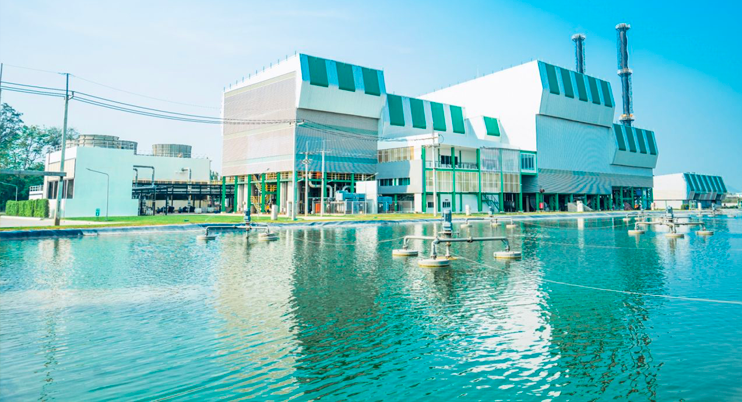
| Performance | Unit | 2017 | 2018 | 2019 | 2020 |
| Direct (Scope 1) GHG emissions | Metric tons CO2e | 1,144,905 | 1,053,716 | 1,371,739 | 1,331,768 |
| Gross Direct (Scope 1) GHG emissions | Metric tons CO2e | 901,067 | 826,801 | 927,649 | 881,891 |
| Biogenic CO2 emissions | Metric tons CO2e | 243,837 | 226,915 | 444,090 | 449,877 |
| Energy indirect (scope 2) GHG emissions | Metric tons CO2e | 179,078 | 163,317 | 186,696 | 180,966 |
| GHG emissions (Scope 1 and Scope 2) | Metric tons CO2e | 1,080,145 | 990,119 | 1,114,345 | 1,062,857 |
| Metrics | 2018 | 2019 | 2020 |
| Low Carbon Products | |||
| Revenue from low carbon products (% of total revenue) | 1.4% | 18.9% | 15% |
| Number of products with Carbon Footprint of Product (CFP) certification | 50 | 59 | 105 |
| Number of products with Carbon Footprint Reduction (CFR) certification | 16 | 21 | 19 |
| Renewable Energy | |||
| Renewable energy consumption (MWh) | 288,080 | 691,313 | 779,995 |
| % Renewable Energy Consumption of Total Energy Consumption | 16.5 | 30.2 | 34.1 |
| Planned Actions | Locations | Investment Amount |
| Collection point & sorting plant for recyclable materials - Northeastern of Thailand | Nakhon Ratchasima | 40.34 mil THB |
| Cullet sorting plant | Nakhon Ratchasima | 58.11 mil THB |
| Total | 98.45 mil THB | |
| TCFD Recommendation | ThaiBev’s Annual Report, Sustainability Report and Website |
| Governance Disclose the organization’s governance of climate-related risks and opportunities. |
|
| a) Describe the board's oversight of climate-related risks and opportunities | ThaiBev Annual Report 2020
|
| b) Describe management's role in assessing and managing climate-related risks and opportunities | ThaiBev TCFD Disclosure 2021, pp 3-6, 14 |
| Strategy Disclose the actual and potential impacts of climate-related risks and opportunities on the organization’s businesses, strategy, and financial planning where such information is material. |
|
| a) Describe the climate-related risks and opportunities the organization has identified over the short, medium and long term | ThaiBev Annual Report 2020
|
| b) Describe the impact of climate-related risks and opportunities on the organization's businesses, strategy, and financial planning | ThaiBev Annual Report 2020
|
| c) Describe the resilience of the organization’s strategy, taking into consideration different climate related scenarios, including a 2°C or Lower scenario. | ThaiBev Sustainability Report 2020
|
| Risk Management Disclose how the organization identifies, assesses, and manages climate-related risks |
|
| a) Describe the organization's processes for identifying and assessing climate-related risks | ThaiBev Annual Report 2020
|
| b) Describe the organization's processes for managing climate-related risks | ThaiBev TCFD Disclosure 2021, pp 12-14 |
| c) Describe how processes for identifying, assessing and managing climate-related risks are integrated into the organization's overall risk management | ThaiBev Annual Report 2020
|
| Metrics & Targets Disclose the metrics and targets used to assess and manage relevant climate-related risks and opportunities where such information is material |
|
| a) Disclose the metrics used by the organization to assess climate-related risks and opportunities in line with its strategy and risk management process |
|
| b) Disclose Scope 1, Scope 2, and, if appropriate, Scope 3 GHG emissions, and the related risks | ThaiBev Sustainability Report 2020
|
| c) Describe the targets used by the organization to manage climate-related risks and opportunities and performance against targets | ThaiBev Sustainability Report 2020
|